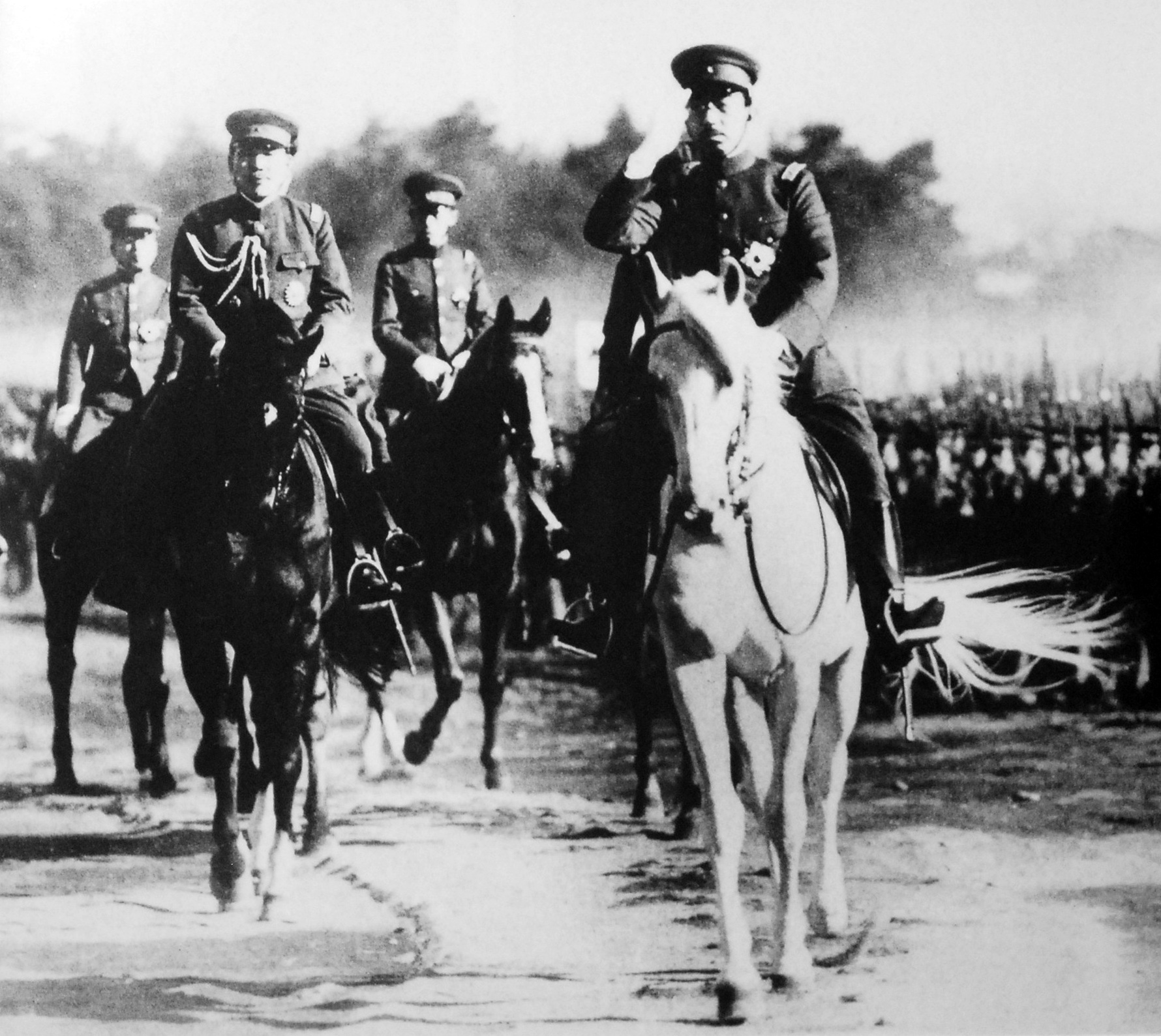Hirohito, << `heer` oh HEE toh >> (1901-1989) was emperor of Japan from 1926 until his death in 1989. He chose Showa as his reign name and was known as the Showa Emperor.

Before World War II.
Hirohito was born in Tokyo on April 29, 1901. He became regent for his father, Yoshihito, in 1921, and he became emperor in December 1926. Hirohito’s reign began during the days of rising democratic sentiment. Japan had just granted all men the right to vote, and the country seemed likely to become increasingly democratic and internationalist. However, military leaders in Manchuria and elsewhere called for a stronger foreign policy. Within Japan, criticism of the political parties sharpened after economic crises struck. Military incidents abroad and assassinations in Tokyo soon reversed the democratic and internationalist trends of the 1920’s.
Hirohito personally opposed the militarism of the 1930’s. But his advisers kept him from making his wishes known, so that the radical militarists would not take direct action against the monarchy. As a result, Hirohito remained silent and approved the decisions that led to World War II (see Japan (World War II) ).
After the war.
Hirohito took a personal part in the final surrender decision of 1945. His broadcasts to the Japanese people helped bring about the smooth transfer of control of Japan to the United States Army. For a time, it was thought he might have to abdicate or be tried as a war criminal. Although several of the emperor’s advisers were tried and convicted of war crimes, Hirohito himself was not.
Hirohito did, however, take a new role. On Jan. 1, 1946, he renounced all claims to the divinity that had formerly been claimed for him. The constitution of 1947, which he approved, changed him from sovereign to “symbol of the state,” and placed political control in the hands of elected representatives. As a democratic monarch, Hirohito toured the country, visiting scenes of disaster and inspecting Japan’s postwar reconstruction. He permitted the imperial family to be photographed, a practice never allowed before. Hirohito chose an American tutor to teach his son, Crown Prince Akihito. In 1959, Akihito broke a centuries-old Japanese tradition by marrying a “commoner,” a young woman who did not belong to one of Japan’s noble families (see Akihito ). In 1971, Hirohito became the first Japanese emperor to travel outside Japan during his reign. He toured Europe for 18 days. He visited the United States in 1975. In private life, Hirohito carried on research in marine biology. He died on Jan. 7, 1989.
